8 Adorable Ways Dogs Complain to Their Owners About Minor Inconveniences
Dogs don’t cry like humans, but they have no trouble expressing when something isn’t quite right. They use their body, their voice, and sometimes oddly specific habits to show irritation. When you learn to spot them, it becomes clear just how skilled dogs are at communicating dissatisfaction.
Here are some overlooked ways in which dogs lodge their complaints—and what those behaviors might be telling you.
Sighing

Credit: Getty Images
A sigh from a dog typically comes after something expected doesn’t happen, like a canceled walk or a nudge for attention. Researchers suggest dogs mimic human behavior in these subtle ways, especially if they’ve seen it lead to a result. Occasional sighs aren’t a concern, but frequent ones during downtime can signal boredom or under-stimulation.
Licking

Credit: Getty Images
Repeated paw licking without injury begins as stress relief. Left unchecked, it can develop into a compulsive habit. A 2021 study linked chronic licking in dogs to a lack of mental stimulation in nearly 60% of cases. When this behavior appears after periods of isolation or boredom, it’s usually emotional, not medical.
Food Refusal
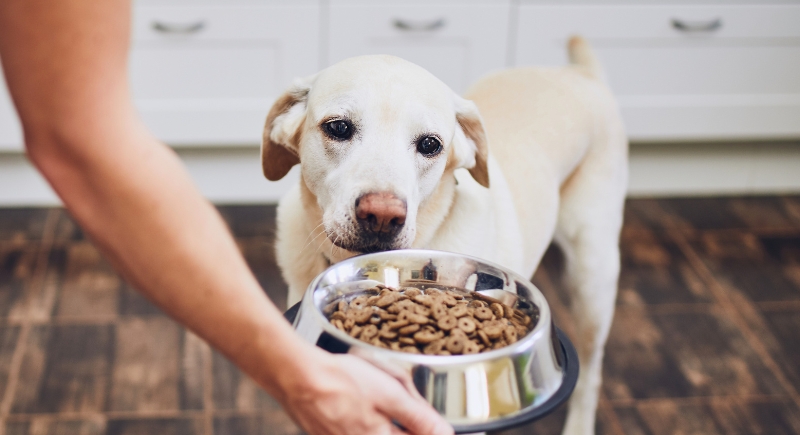
Credit: Canva
As dogs age, their taste preferences evolve. Sudden rejection can also stem from an add-on that’s not there, such as broth or toppings. In such cases, responding by adding treats reinforces this behavior. Instead, wait fifteen minutes and re-offer the same bowl. Consistency around food expectations helps prevent manipulation.
Barking

Credit: Getty Images
According to research on breed-specific behavior, dogs with herding instincts—such as Border Collies and Corgis—are more likely to bark during walks when movement slows or stops unexpectedly. This isn’t random vocalizing, but rather an attempt to manage pace and maintain order. They’re wired to guide motion, even outside herding contexts.
Whining

Credit: Getty Images
If your dog whines while pacing or pausing at a specific location, they’re likely trying to lead you toward something. This could be a closed door, an empty bowl, or a stuck toy. Responding early encourages their communication and keeps frustration low. Ignoring it entirely can cause escalation, like louder whining or barking.
Flopping
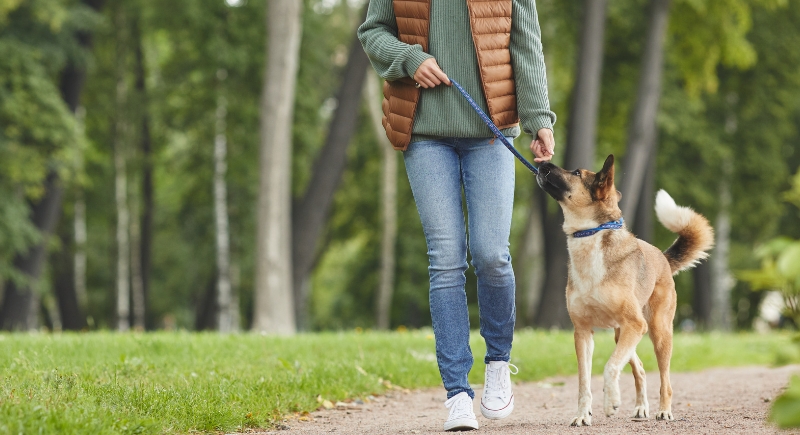
Credit: Getty Images
Forcing your four-legged companion to continue walking after they’ve flopped can turn the outing into something they resist. It creates greater conflict as time passes and can lead to anxiety around walks. The best way to deal with this would be to adjust their routine, which would involve going during cooler hours or shortening the route.
Staring
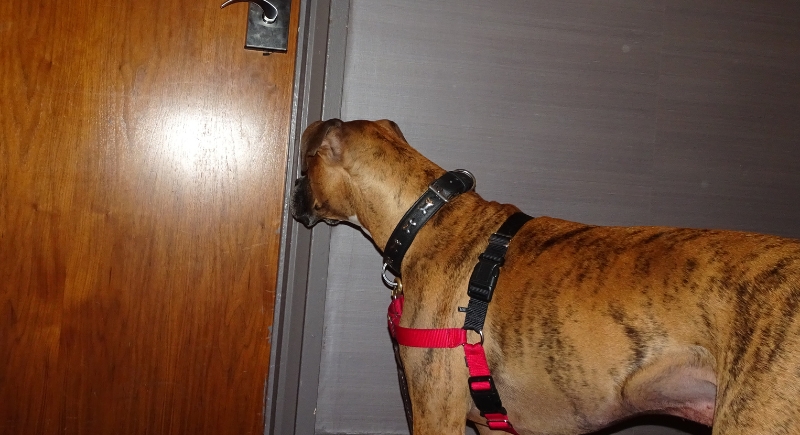
Credit: Getty Images
Many canines generally stare at closed doors because they expect access to something behind them. What most people confuse with idle curiosity is actually anticipation of food, a person, or another companion. And in homes with other animals, it can also reflect territorial instincts or social hierarchy.
Groaning

Credit: Getty Images
Have you ever noticed how your dog groans when you say no to something? That sound isn’t always them being in pain, but a learned response to get what they want. It’s their version of voicing disappointment calmly. Try to use this moment to redirect their emotions by offering a small task or simple command that can reset their focus.
Avoiding Eye Contact
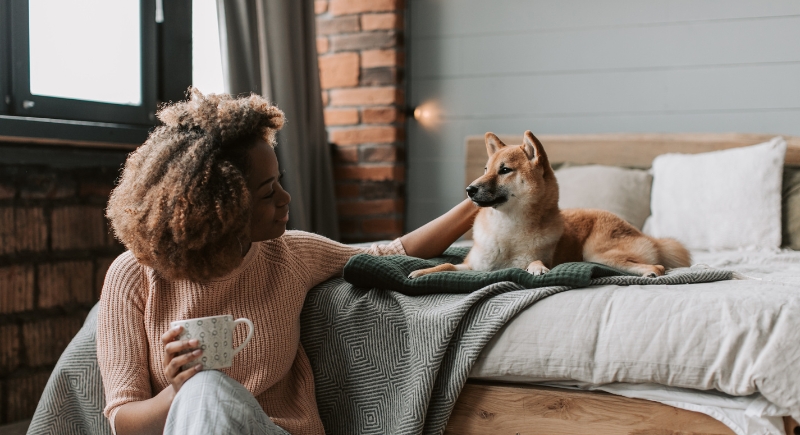
Credit: pexels
It is natural for a pup to avoid eye contact after being left alone. They’re aware that interaction was delayed, and the look-away functions as a subtle form of disapproval. Don’t force closeness or direct their head. Sit near them, wait quietly, and allow them to reinitiate contact.
Yawning
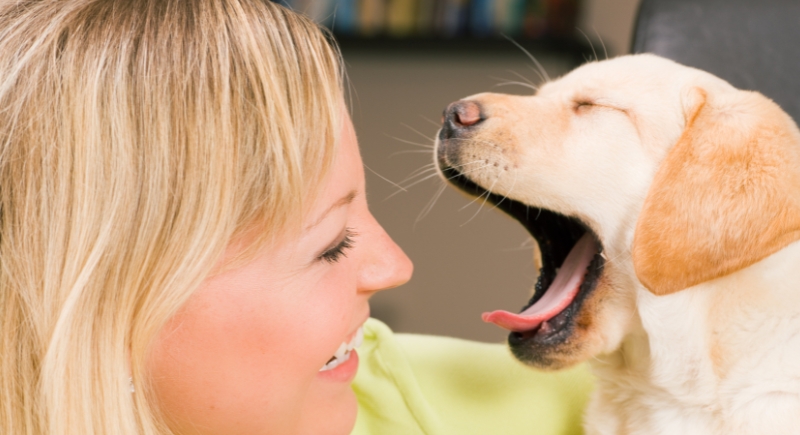
Credit: Canva
Pet parents tend to read yawning as tiredness, but you may not realize that this is one of their ways to regulate their anxiety. Not addressing the underlying cause right away can escalate into pacing, whining, or withdrawal. So, make sure to pay attention to when the yawning happens and interact with care.
Leaning
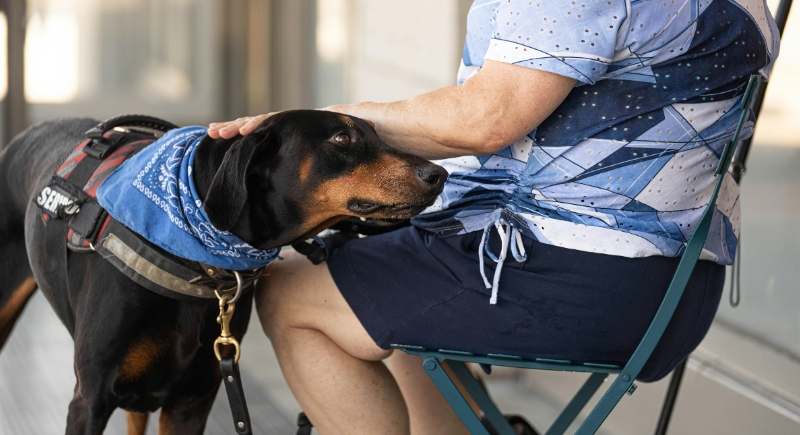
Credit: pexels
When a furry companion leans their body into you with full pressure, they’re hoping to create a connection without confrontation. It’s especially common in dogs that don’t bark often because they want you to know that they feel emotionally safe, but would still appreciate your attention.
Refusing To Move

Credit: Canva
We mistake a dog’s refusal to move as stubbornness, but it’s mainly about preference. Studies on canine behavior suggest dogs, like humans, value small choices—over 70% show improved compliance when allowed some autonomy during daily decisions. Constantly pushing them to listen to your commands can even lead to broader resistance.
Howling
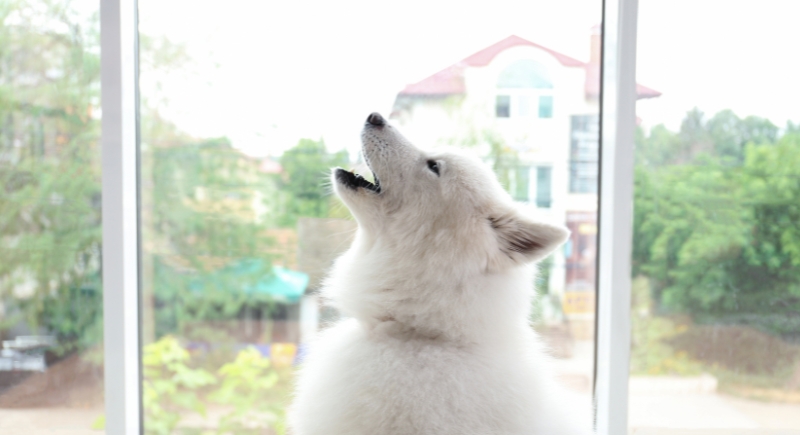
Credit: pixelshot
Huskies, Beagles, and Malamutes are among the breeds most likely to howl during periods of separation. Their strong pack instincts and vocal nature make them more expressive when routines shift or human presence disappears. It is up to you to provide familiar scents that can reduce emotional stress and help these canines settle easily during your absence.
Spinning

Credit: Canva
In new environments, dogs often spin before lying down—not to nest, but because they feel uncertain or overstimulated. This behavior is particularly common in anxious dogs, rescues, or those sensitive to unfamiliar sounds and scents. Regular circling and frequent position changes signal that they haven’t fully relaxed.
Grumbling
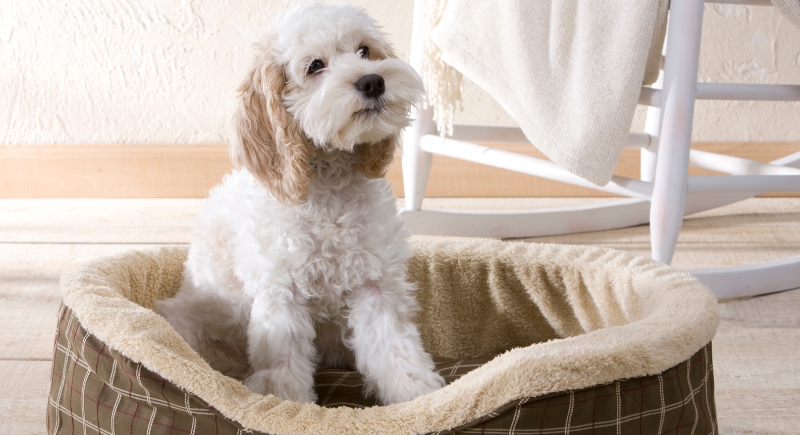
Credit: Getty Images
Some four-legged pals let out low, throaty grumbles as they circle or lie down in their beds due to mild irritation. This might be because their bed was moved, the room is too noisy, or their sleep schedule has become skewed. If the grumbling becomes frequent, check for environmental triggers like temperature or lighting to support their rest.